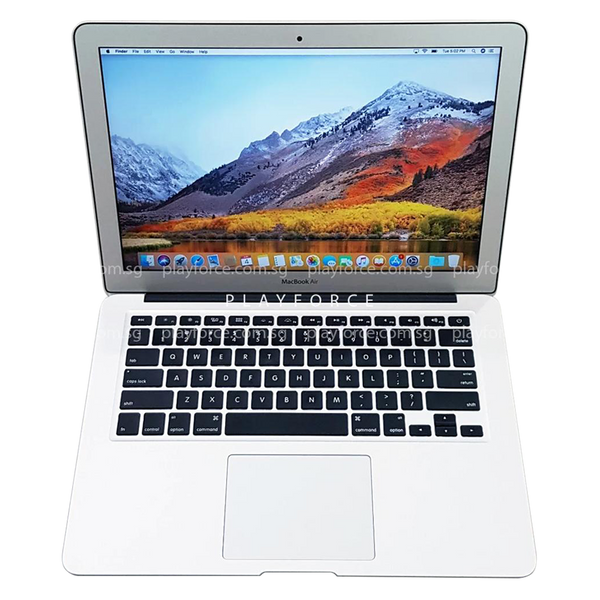

- 2010 MACBOOK PRO 13 INCH I5 DRIVERS
- 2010 MACBOOK PRO 13 INCH I5 DRIVER
- 2010 MACBOOK PRO 13 INCH I5 WINDOWS
2010 MACBOOK PRO 13 INCH I5 WINDOWS
The Retouch Artists Speed Test we use for our CPU testing under Windows also works under OS X. That's actually more than I expected but the real strength of the i7 is visible in the more CPU bound tests. The $2199 model with a Core i7 running at 2.66GHz pushes performance up another 3.9% over the base model. In other words, the 2.4GHz 15-inch MacBook Pro should perform no worse than last year’s 2.53GHz model. This is compared to the old 2.53GHz Core 2 Duo and should serve as a baseline for the minimum performance improvement you should see. I measured a 3% increase in performance, which although repeatable, isn’t really spectacular. The new MacBook Pro also doesn’t improve performance that much. If you’re curious, installing an Intel X25-M G2 in any of the MBPs will drop their times to 16 seconds or less. The MacBook Pros are stuck with mechanical hard drives and thus don’t perform nearly as well. My application launch test absolutely rocks on the MacBook Air because it ships with an SSD by default. The entire process stresses both the disk and CPU, which is why we see a huge improvement when going to an SSD as well as differences between CPU speeds. I launched, in order: Mail, Safari, Activity Monitor, iTunes, iCal, DVD Player, iPhoto, Photo Booth, Quicktime Player, Disk Utility, Preview, iMovie, Front Row, Garage Band and Aperture. I decided to take it to the next level and write a quick script to launch 15 applications in a row, timing how long the entire process takes. General OS usage is a difficult thing to quantify, but one measure of performance has always been the number of bounces an icon in the dock makes before an application loads.

We’ll start with general application performance. The Core i5 system is the new entry level 15-inch MacBook Pro.

I’m using the same tests I introduced in my Holiday 2009 Macbook Pro roundup and running on the same hardware (specs listed in the tables on the previous pages).

Luckily I’m in dire need of creative outlets so creating OS X benchmarks works for me.
2010 MACBOOK PRO 13 INCH I5 DRIVERS
I could also not find any drivers online.Benchmarking under OS X isn’t difficult, you just need to get creative.
2010 MACBOOK PRO 13 INCH I5 DRIVER
Unfortunately Dell does not make a driver for OSX. Now, I am guessing that this is occurring because of DisplayPort 1.2 that the monitor uses, and the macbook does not work with that. That worked with the proper resolution, no problems. After a lot of troubleshooting (resetting PRAM, SMC…), I borrowed a Mini DisplayPort to VGA adapter from a friend, and I tried that. If you set it to that resolution, the 2nd monitor blacks out, and goes to sleep. However, the Macbook is restricting the resolution to 1360×768, it’s not using the 1600×900 that I would like. I am using a Mini DisplayPort to Display port cable to connect this monitor to the laptop, and it is working. It is currently running OS X Version 10.9.5, and I just recently purchased a second monitor for it ( Dell P2014H). I have a Macbook Pro (early 2011) model w/ the Intel Core i5. So I searched a bunch, lots of threads on this, but unfortunately either they haven’t been resolved, or its not helpful.


 0 kommentar(er)
0 kommentar(er)
